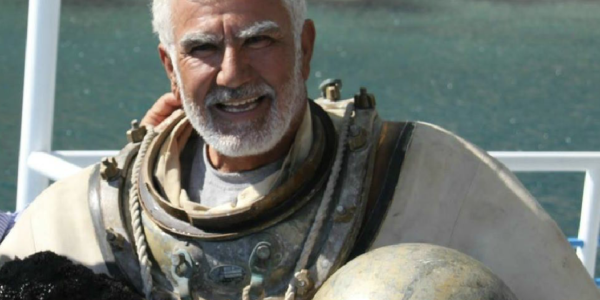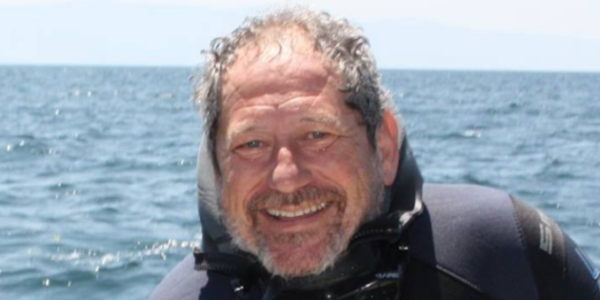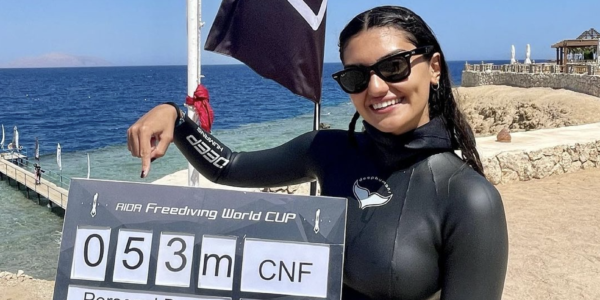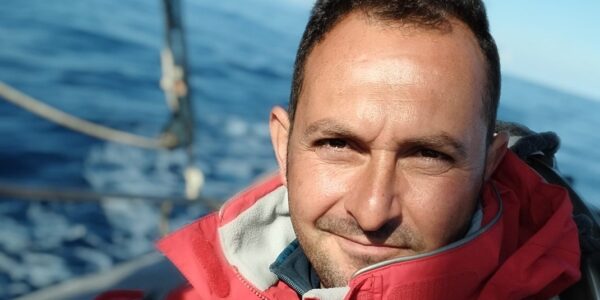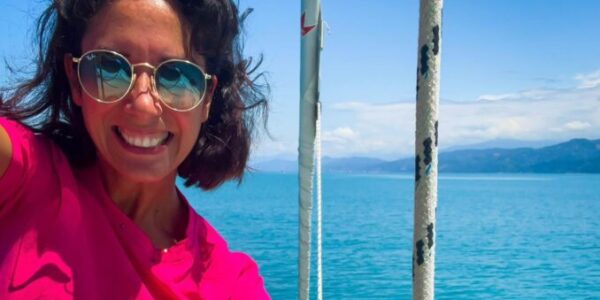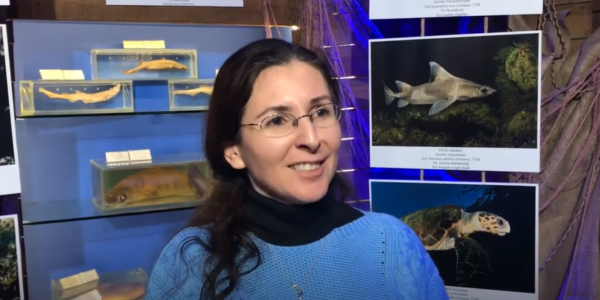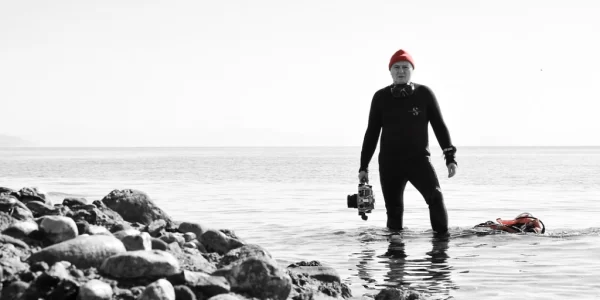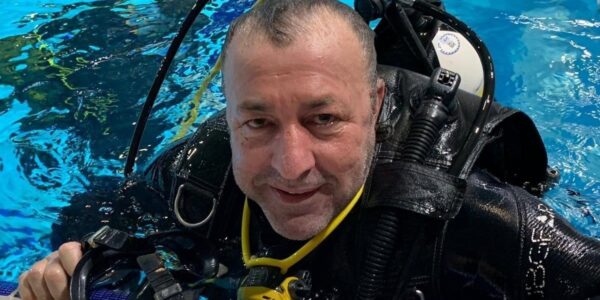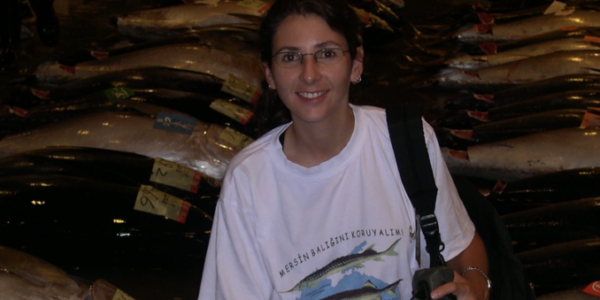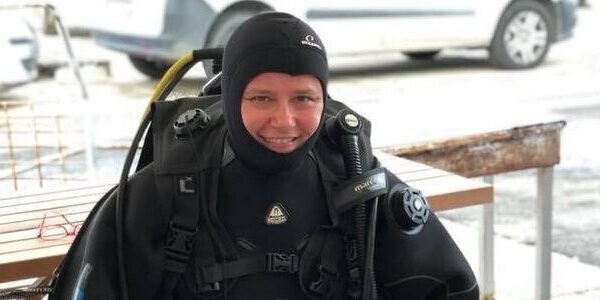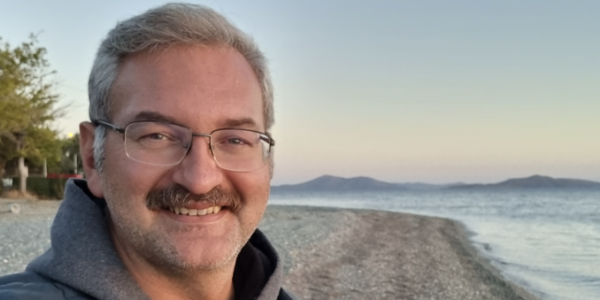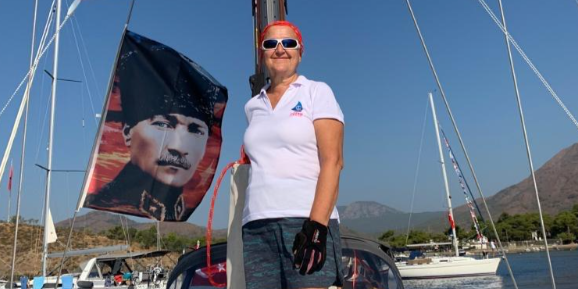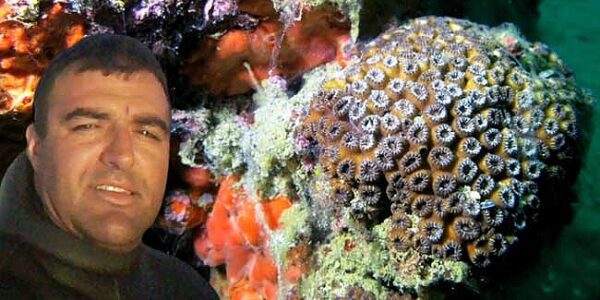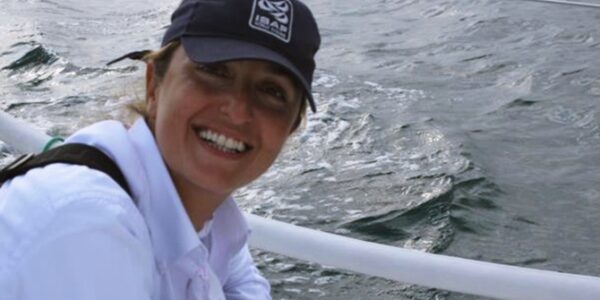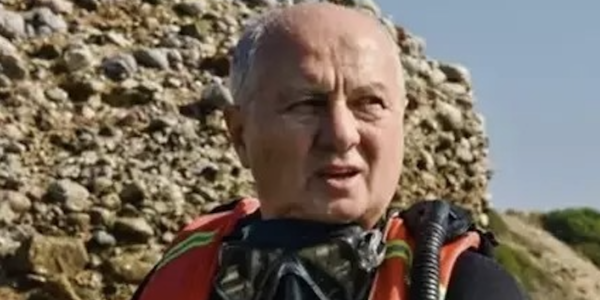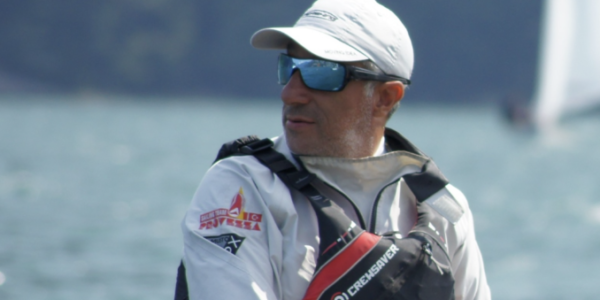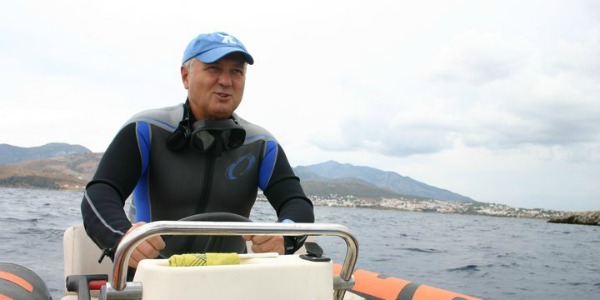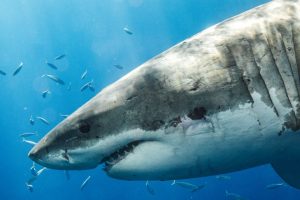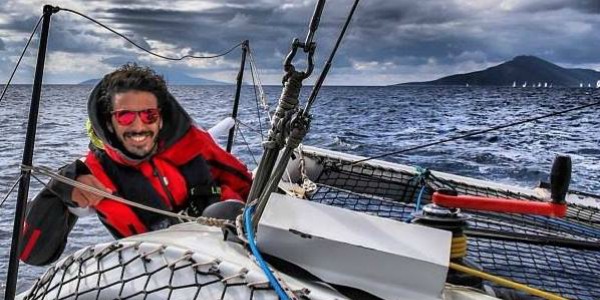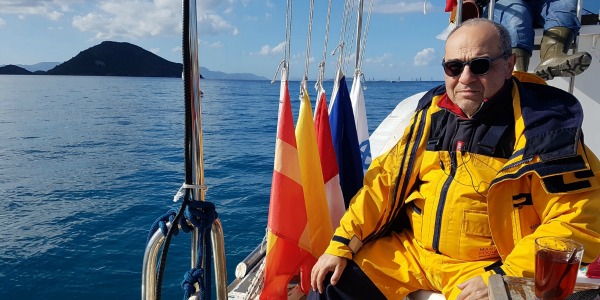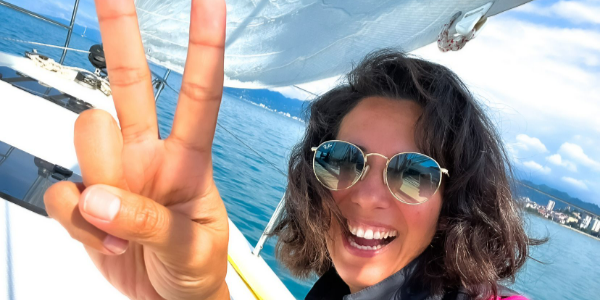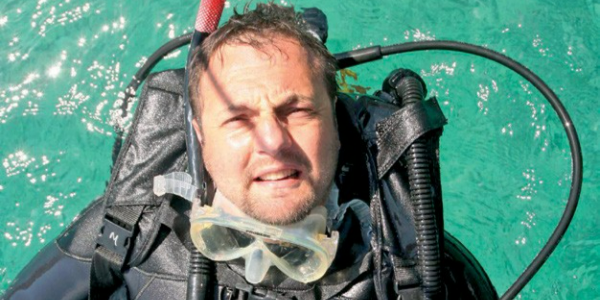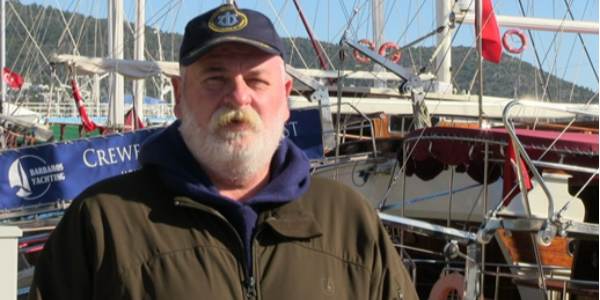After a possible shark attack in Cape Breton earlier this month, one organization is hoping to determine what exactly happened to the swimmer.
The Ocean Tracking Network is a national science facility that tracks movement and survival of marine animals ranging from lobsters to white sharks. Using electronic tags to track their location, the Network can better determine how animals are using different habitats.
After spending years on endangered species lists in Canada and the United States, the white shark population is beginning to bounce back.
Fred Whoriskey, Executive Director of The Ocean Tracking Network, tells The Rick Howe Show white sharks are starting to reoccupy parts of water in Atlantic Canada for the first time in 30 to 40 years.
Whoriskey says while he hasn’t had the chance to speak with the victim of the potential shark attack, he hopes to get a few measurements from bite wounds to determine the most probable species responsible for the attack.
“We would appreciate an opportunity to try to pin this one down,” Whoriskey says, “and make sure it was a shark as opposed to something else.”
According to Whoriskey, white sharks tend to avoid humans and boats, focusing on hunting for seals.
“They like to come up from the deep, strike fast in the prey when it’s up on the surface,” he explained, calling offshore islands the ideal hunting ground for white sharks.
The organization has been tracking a large number of sharks tagged primarily in Massachusetts by the state’s Department of Natural Resources. The study began after several sharks were found off of Cape Cod, a place they weren’t found before.
Last year, the organization discovered 19 white sharks in 2020, with September to November serving as the most common time of year for shark activity.
While most records indicate the last white shark attack took place in 1870, Whoriskey says there’s talk about a rammer shack attack in Cape Breton in 1953. He noted the tooth from the attack was identified as a white shark by researchers at Harvard. The reason it doesn’t count despite someone drowning, he added, is because the shark attacked the boat, rather than its passengers.
Whoriskey encourages swimmers to be “shark-smart”, and avoid swimming in oceans at typical hunting times at dawn, dusk, or during the evening.
Source: https://www.halifaxtoday.ca/local-news/white-shark-population-increasing-in-atlantic-canada-4262026
